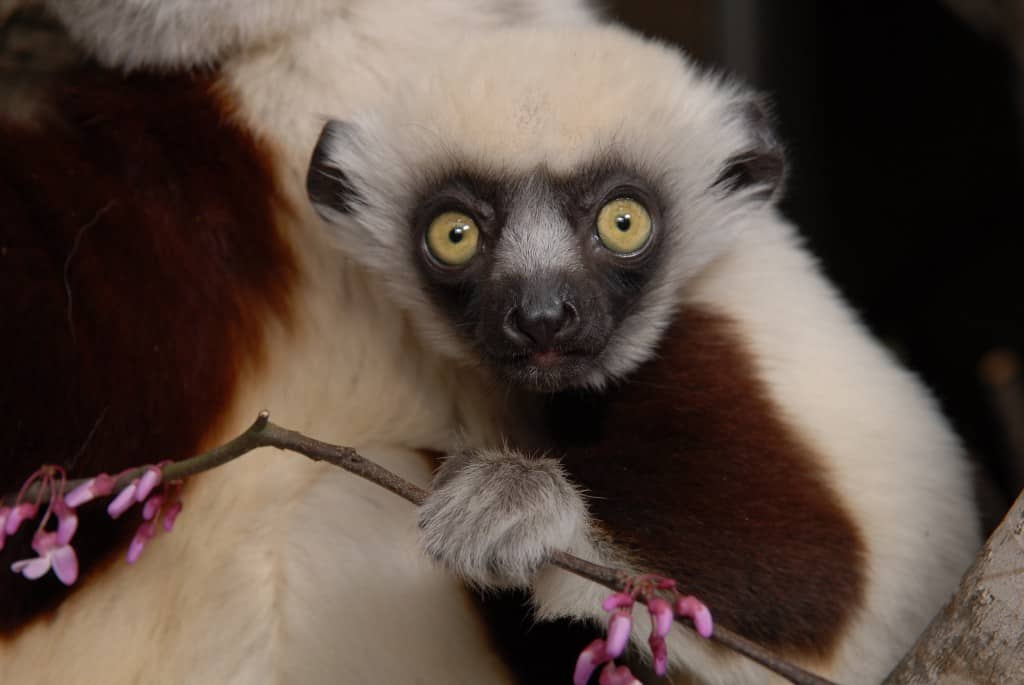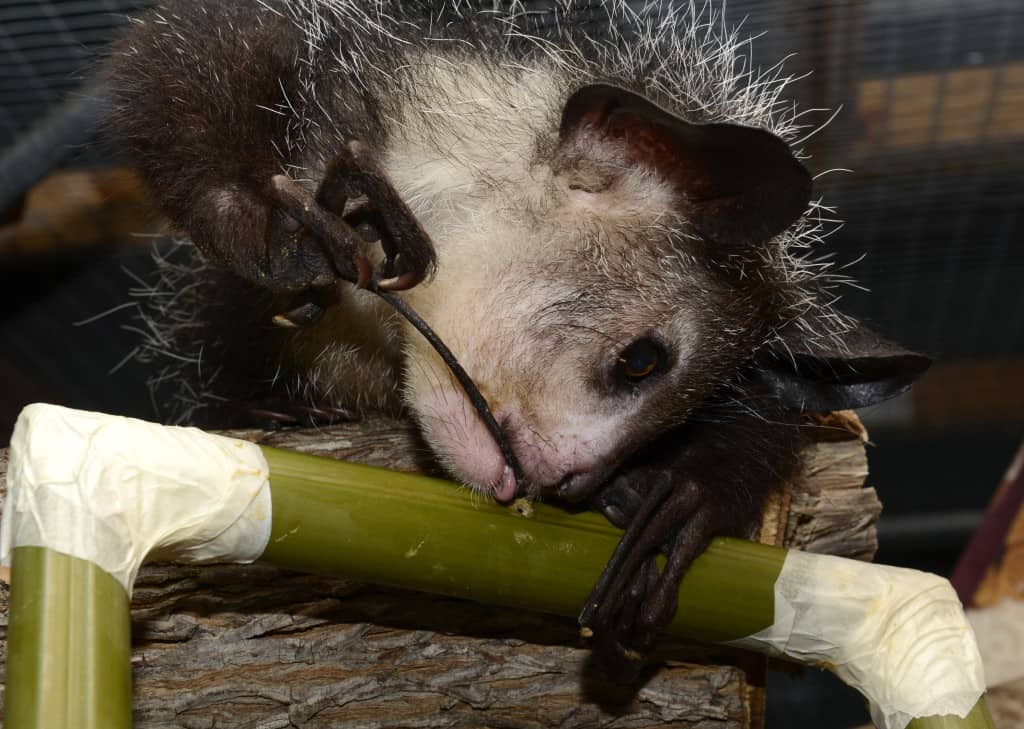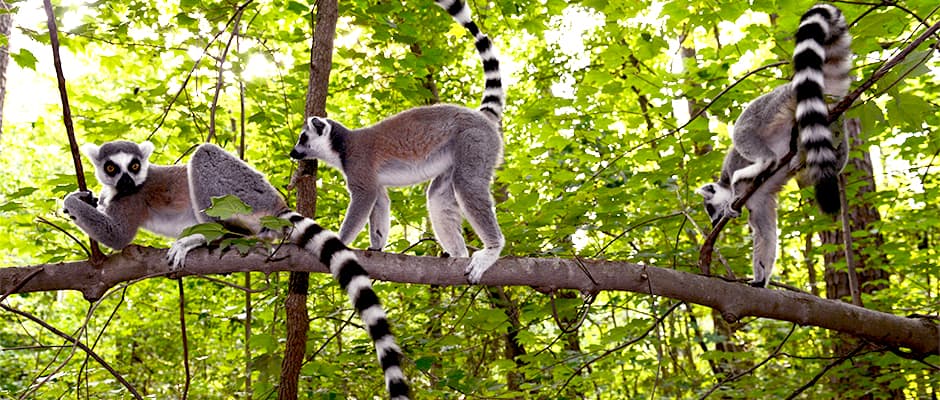Share this article
Walk among the lemurs of Duke Forest during the Annual Conference
Imagine you’re wandering down a forest trail. A rustling in the leafy understory grabs your attention and a series of hums and squeaky barks draws your eye to white and black striped tell-“tails” — a troop of ring-tailed lemurs. Above, another lemur, this one brown and white, bounds from tree to tree. He stops only to munch on a particularly leafy branch and you immediately recognize him as a Coquerel’s sifaka.
Nightfall brings a rapid tapping noise, a sure sign you are in the presence of a hungry aye-aye listening for insect larvae tunnels with his long middle finger and cupped ears. By the end of your stroll, you have unforgettable stories and photos of members of the world’s most threatened group of mammals. Not too bad for a trip to…Durham, North Carolina?
The Duke Lemur Center in Durham houses the largest collection of lemurs outside of Madagascar. The Center strives to share the joy of scientific discovery with the public through their living laboratory while conducting non-invasive, interdisciplinary research on their close to 250 resident primates spanning 18 species.

A young Coquerel’s sifaka, born at the Duke Lemur Center, clings to its mother.
©David Haring, Duke Lemur Center
The multiple research topics at the Center have far-reaching implications, including predictions for how various lemur species will respond to climate change and how forest fragmentation in their native Madagascar could influence genetic diversity among groups. Because of their close relation to humans, studies on aging at the center could even garner better understanding on human diseases like Alzheimer’s.
The Center is also actively involved in conservation on the ground in Madagascar. Their SAVA (Sambava-Andapa-Vohemar-Antalaha) Conservation initiative promotes lemur conservation through collaborations with local groups. Sustainable projects like fish farms and fuel-efficient stoves decrease Malagasy dependence on forest resources while environmental education and research help publicize the lemurs’ stories.
This year marks the 50th anniversary of the Lemur Center. In 1966, two biologists’ research visions converged and a National Science Foundation grant brought the Center to life in Duke Forest. Early research focused on primate behavior and the genetic basis behind it. The next half-decade brought nearly 4,000 lemurs, lorises, and tarsiers and broader research initiatives to the center.
Don’t miss out on the prosimian party! Explore the outdoor lemur enclosure and nocturnal exhibits while learning about the ongoing research at the center during the Annual Conference this year. Daily field trips are available for TWS conference attendees on Monday, Tuesday and Wednesday mornings. Be sure to sign up when early registration opens May 15 — there are only 90 spots available!

An aye-aye uses its specialized middle finger to forage for mealworms. ©David Haring, Duke Lemur Center
Header Image: A troop of ring-tailed lemurs explores the outdoor enclosure at Duke Lemur Center. ©David Haring, Duke Lemur Center








